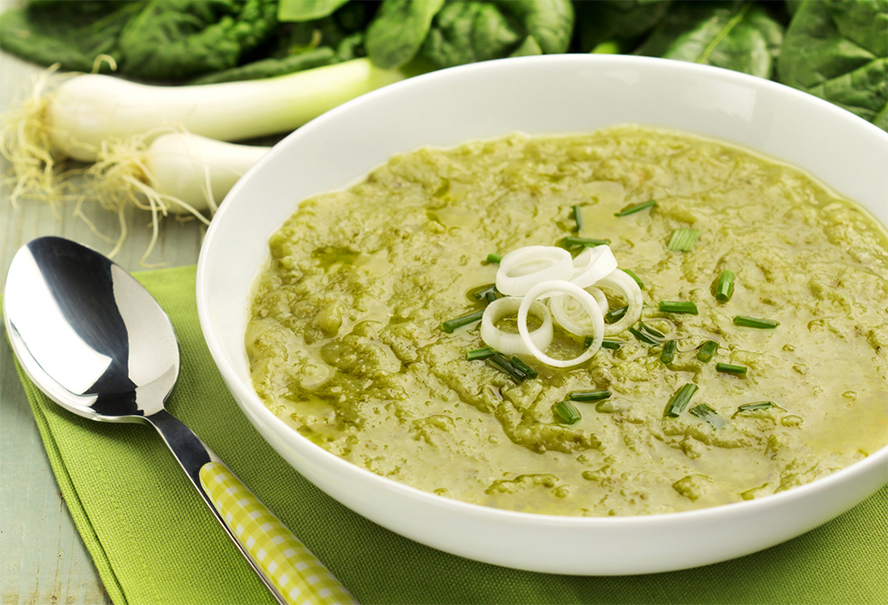High-yielding variety for spring and winter crops.
1,0 g = 90-100 seeds.
Preparing seeds for sowing.
The seed material is calibrated - larger and more complete seeds are selected. Before sowing, they are soaked for 1.5-2 days at a temperature of +15+20°C. Water is taken in 2 times more volume and changed several times. When the seeds swell, they need to be slightly dried so that they do not stick together.
Preparing the site and sowing seeds in the ground.
Spinach is an early maturing, cold-resistant plant (seedlings tolerate short-term frosts) and quite high-yielding, but it needs soil rich in organic matter with a pH of 6.5-7.5.
Spinach is grown both in open and protected ground. Quite high yields are obtained on loams. On sandy soils, abundant watering is required. It is not recommended to sow spinach on heavy, waterlogged soils. For its cultivation, select sunny, wind-protected areas.
The following cannot be predecessors of spinach: scorzonera, table and leaf beet, head lettuce. Continuity (i.e. placing in one place for two years) will not do it any good either.
Spring spinach can be sown after all vegetables that clear the bed early.
Autumn and winter spinach is grown after all vegetables that have already been harvested in August-early September.
Spinach is used as a predecessor of heat-loving late vegetable crops and a compactor among other vegetables, such as peas or beans, as well as in the aisles.
The bed for spinach should be prepared in the fall, at the same time adding the required dose of manure. When digging, 30 g of superphosphate and 15 g of potassium per 1 sq. m should be added to the soil, and liming should be carried out. In early spring, 20 g of urea per 1 sq. m is added under a rake.
It is not recommended to add fresh organic matter, as it has a negative effect on the taste of the leaves. Spinach tolerates liming very well, which can be done just before sowing.
Potassium and phosphorus are added under the preceding crop, and for spring spinach - during autumn soil cultivation.
Spinach tolerates chlorine, so you can apply chlorine-containing fertilizers under it without hesitation.
The rate of nitrogen fertilizers should not exceed 8 g per 1 sq. m, of which 5 g of nitrogen is applied after emergence. You should not exceed this dose, as the amount of nitrates in spinach leaves can exceed the permissible level, which is dangerous to health. In the spring, when preparing a plot for spinach, add a bucket of humus and a tablespoon of nitrophoska per 1 sq. m.
To constantly get fresh leaves for the table, sowing is carried out in several stages at 2-3-week intervals (from April to June).
There are three periods for growing spinach: spring, autumn and winter. Spring spinach is harvested in late May - early June, autumn spinach - from late September to December, and winter spinach - in April and May. Spinach is sown as early as possible, around April 15-20, and before winter (the second and third ten days of October). Seeds germinate at +3+4°C, seedlings tolerate frosts down to -8°C. The most favourable temperature for the growth and development of spinach is +15+18°C and daylight hours of 12-15 hours. With long daylight hours, high air temperatures and lack of moisture, spinach plants quickly bolt. Plants are placed in the beds in strips, 3-4 rows in a strip at a distance of 20 cm from each other, there should be 50-60 cm between the strips. Seeds are placed as sparsely as possible, since with dense sowing the plants quickly bloom. In summer, late varieties are sown in multiple rows, like watercress, at the rate of 4 g per 1 sq. m. The seeds are embedded to a depth of 2 cm. Before sowing, they are soaked and stored under a wet cloth until a single peck. This accelerates the emergence of seedlings by several days. After sowing, the soil is lightly tamped, then watered and the bed is covered with burlap, and on top with a film (at a height of 20 cm from the bed). After 3-4 days, the burlap is removed.
Care, watering and fertilizing.
When seedlings appear, the rows are thinned out, leaving 7-8 cm between the plants. When the plants begin to crowd each other, they are thinned out a second time so that the distance between them does not exceed 15 cm. The pulled out plants are used for food. The spinach plant is dioecious. Male specimens are less foliated and should be removed from the crops. Care consists of weeding, loosening the soil, fertilizing and regular watering. When the soil dries out, spinach plants quickly throw out a stem and the quality of the leaves deteriorates. Spinach is very demanding of moisture, especially in dry weather, when the risk of flowering of plants increases. Therefore, in hot weather it should be watered abundantly (10-20 liters per 1 sq. m), and if growth is weak, it should also be fed with mineral fertilizers, and only nitrogen ones (10-15 g of urea per 1 sq. m). Potassium and phosphorus are undesirable, as they promote bolting of plants. Constantly destroy weeds so that they do not drown out young plants. Loosening is also very useful. Loosen the soil especially thoroughly around winter spinach, so that vegetation begins as quickly as possible. Spring and autumn spinach are fed with nitrogen (3 g per 1 sq. m) a month after emergence, and winter spinach - in the spring, at the beginning of vegetation. In a snowless winter, it is advisable to cover spinach crops with spruce branches to protect them from freezing.
Harvesting.
Spinach is harvested selectively, when the plants have 3-4 leaves, and in the full phase - when 6-7 leaves have grown. When flower stalks appear, the leaves cannot be eaten. Cut spinach leaves cannot be stored for a long time, they must be eaten immediately. Large leaves of young plants that have not yet formed stems are used for food. Spinach can be eaten 20-30 days after germination. Leaves are harvested regularly, starting with the outer ones. Petioles should be broken off, not torn from the stem. No more than half of the leaves should be harvested from one plant. The harvest period is extended if harvesting is done regularly and no more than a few leaves are harvested from a plant.
* Cream soup with spinach and potatoes.
You will need (for 4 persons):
1 leek
3 potato tubers
2 cloves garlic
2 tbsp. spoons of olive oil
400 ml vegetable broth
400 g fresh spinach
125 ml natural yogurt
leeks for garnish
salt, ground white pepper
Preparation:
Peel the onion, wash and cut into slices. Peel the potatoes and cut into cubes. Peel and chop the garlic. Heat the olive oil in a saucepan and lightly brown the leeks and potatoes. Wash and dry the spinach.
Pour 400 ml of vegetable broth into a saucepan, bring to a boil, add spinach and cook for 3 minutes. Grind with a blender, salt and pepper. Add yoghurt and stir.
Pour the soup into bowls, garnish with leeks and serve. Can be served with wheat croutons.













